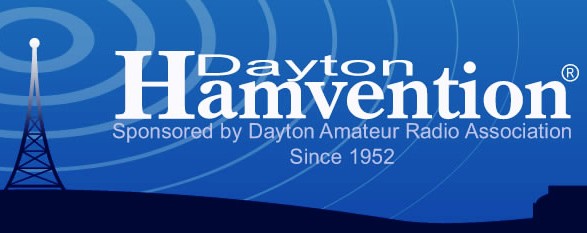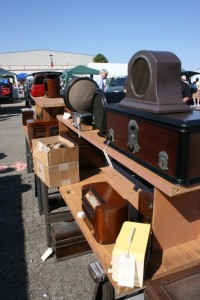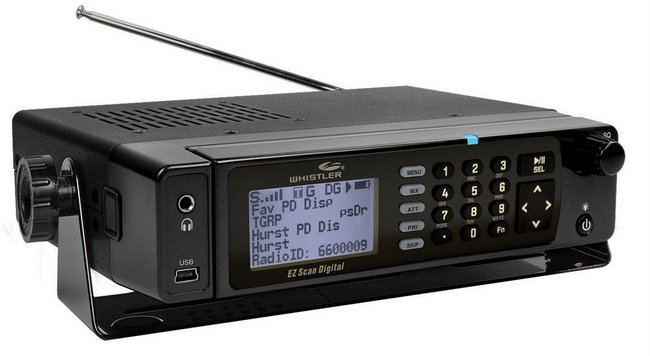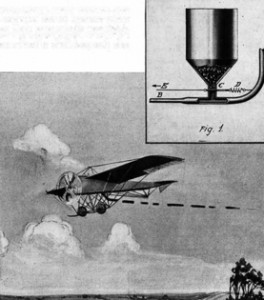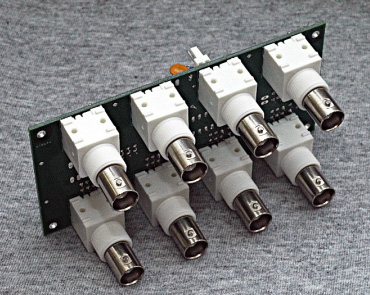Yesterday, the Dayton Daily News published an article about the problems with the aging Hara Arena, home of the Dayton Hamvention.
Here’s an excerpt from the article:
Fears about Hamvention leaving town because of Hara Arena’s economic struggles has local officials scrambling to propose alternative sites for the economy-boosting event.
Hamvention, the world’s largest gathering of amateur radio enthusiasts, injects millions of dollars into the local economy each year. It has been held at Hara Arena since 1964.
But the arena has struggled financially, and an Iowa-based consultant firm recently asked the city of Trotwood to buy the venue, which Trotwood officials declined. The venue’s owner says the arena is on better financial footing today.
A series of emails obtained by this newspaper through public records requests show that local officials fear Hamvention could pack up and move out of the region and highlight their efforts to keep the event in the Dayton region.
The Dayton/Montgomery County Convention & Visitors Bureau has worked with city of Dayton staff on a Plan B to ensure the event remains in the county if it needs to relocate, said Jacquelyn Powell, the bureau’s president and CEO.
“I want to make it clear that this isn’t the first year that we’ve looked at Plan B options,” she said. “There have been other years where we’ve had this conversation as well.”
The Hamvention board has no intentions of leaving Hara Arena, said Jim Tiderman, general chairman of the Dayton Amateur Radio Association, which hosts the event.
“We do not have any plans whatsoever for relocating,” Tiderman said.
News of Hamvention’s possible relocation was mentioned in an email dated July 7 that was obtained by this newspaper through a public records request.
As mentioned in the article, the thought of the Hamvention leaving Hara is not a new one. The Arena leaves much to be desired cosmetically and even functionally–it’s an old venue that requires a sizable investment to maintain.
Earlier this year, I spoke to a long-time DARA representative who assured me that the club wants to keep the Hamvention at Hara for obvious reasons. He did admit, though, that they’ve always had a “Plan B” and even “Plan C” in place, should Hara close its doors.
He mentioned that, each year, Hamvention attendees urge DARA to find a new home, but the fact is Hara is not only the largest venue around, but is the only one on one level. With an aging ham radio population, accessibility becomes a higher priority every year. Those using scooters and wheelchairs would find it frustrating to compete for elevators and lifts in multi-level venues.
As the Dayton Daily News notes, one alternative would be to have two separate locations: one for the inside exhibits and one for the flea market. Selfishly, since I host an inside exhibit table, I appreciate the fact that the flea market is within easy walking distance. It would upset me if they decided to split the venues.
The fact is, no decision has been made yet. DARA still plans to host the 2016 Hamvention at Hara Arena and has no intention of moving anytime soon. That is, as long as the owners of Hara Arena can keep it afloat.

